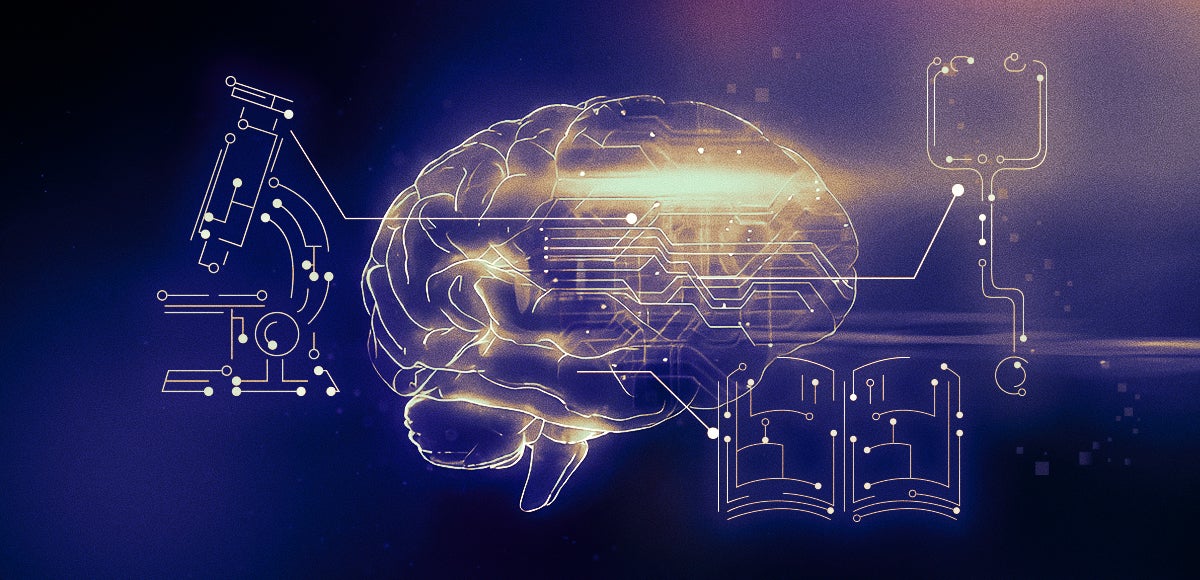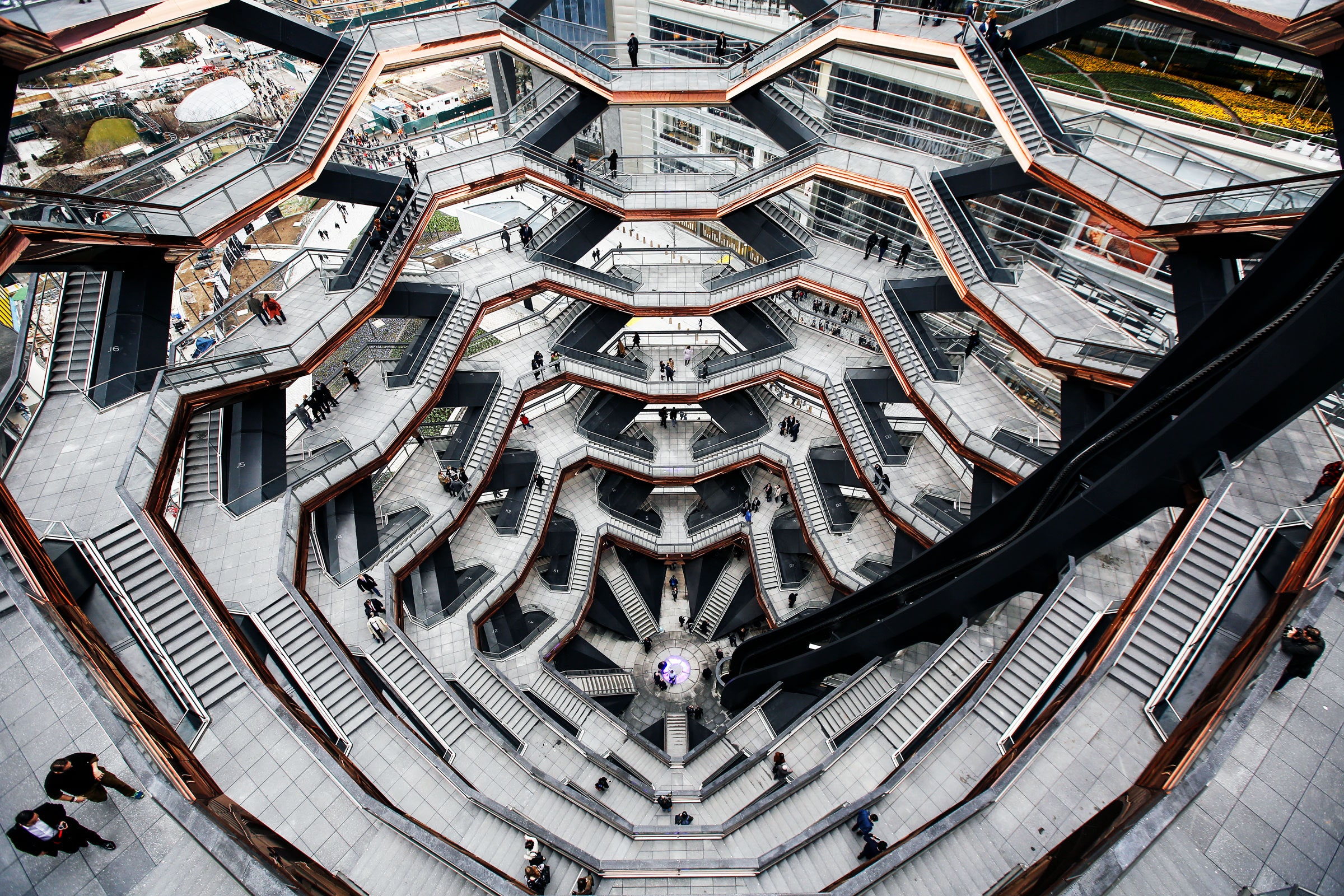The latest innovations in smart city planning in new york are centered around ai technology. The city aims to use ai to improve transport, energy, and communication systems, with a focus on sustainability and reducing carbon footprints.
These innovations include a digital twin of the city, which simulates performance and predicts outcomes to help city planners make more informed decisions. Additionally, autonomous vehicles are being developed and tested to improve mobility and traffic flow. Other initiatives include smart air quality sensors and predictive analytics for electricity usage.
The utilization of ai and data-driven decision making is key to creating more efficient and sustainable smart cities. The benefits of these initiatives will not only impact new york but could serve as a blueprint for other cities around the world to follow.

Credit: www.gatesnotes.com
Ai In Smart City Planning: Understanding The Basics
Explanation Of What Ai-Driven Smart City Planning Is
The current technological advancements have paved the way for changing the traditional ways cities are managed and developed. Smart cities are the new age cities that use digital infrastructure and information technologies to develop people-centric, sustainable cities. Ai-driven smart city planning is the use of artificial intelligence in managing and developing smart cities.
Role Of Artificial Intelligence In Smart City Planning
Artificial intelligence plays a vital role in facilitating smart city planning.
- Collecting and analyzing data: Ai helps in collecting, analyzing, and interpreting large sets of data to create patterns, trends, and insights that can improve city management and decision-making.
- Predictive analysis: Ai can use predictive analysis to forecast possible events that may arise in the future in real-time. This helps city planners in preparing for any unforeseen situations, such as traffic jams, emergency situations, weather changes, and more.
- Optimization of services: Ai assists in optimizing the use of resources such as energy, water, and waste management, making cities more sustainable and environmentally friendly.
- Citizen engagement: Ai-powered chatbots and other communication channels help in engaging citizens with the decision-making process, gaining valuable feedback quickly.
Tools And Technologies Involved In Ai-Driven Smart City Planning
Implementing ai-driven smart city planning requires several tools and technologies, including:
- Smart sensors: Smart sensors collect real-time data on traffic patterns, air quality, noise levels, and more.
- Data analytics platforms: Data platforms can analyze data from multiple sources to help city planners make informed decisions.
- Artificial intelligence: Ai systems are crucial in processing huge volumes of data and learning from it to help improve city management.
- Intelligent transportation systems (its): Its includes traffic management systems and control centers that help in optimizing traffic flow.
Ai-driven smart city planning is transforming the traditional city planning process into a more efficient and sustainable one. The use of artificial intelligence and innovative technologies has enabled cities to cope with the rapid pace of development, enabling planners to respond quickly to changing demographic, social or environmental factors that affects the city.
Ai Innovations In New York City Planning
Overview Of The Latest Ai-Driven Smart City Planning Trends In New York
New york is one of the most innovative cities in the world when it comes to smart city planning. It has been able to leverage the power of artificial intelligence (ai) to improve city planning dramatically. In this section, we will discuss the latest ai-driven smart city planning trends in new york city.
Introduction Of Ai Technologies That Are Being Incorporated In Smart City Planning
Ai-enabled city planning tools are being incorporated in smart city planning to help in decision making. These technologies include natural language processing, machine learning, computer vision, and predictive analytics. City planners use these tools to analyze large amounts of data and develop insights into parking, traffic patterns, energy consumption, and more.
Identification And Demonstration Of How Ai Is Being Used To Improve The Quality Of Life In The City
New york city is leveraging ai to improve the quality of life of its residents. For example, the city has developed technologies that can predict the likelihood of a building or bridge collapse and prevent it before it happens. Another example is the use of ai-empowered cameras to detect impolite or aggressive behavior in public spaces and mitigate any potential security threats.
Explanation Of How Data Science Is Used In Smart City Planning
Data science is a critical component of smart city planning, enabling city officials to make better decisions that have a positive impact on residents’ lives. Data science in city planning involves collecting and analyzing data from various sources, including social media, public records, and mobile devices to gain insights that inform decision-making.
Identification Of Various Data Science Platforms And Applications In City Planning
There are numerous data science platforms and applications in city planning that aid decision-making. These platforms include esri, ibm, microsoft azure, and google maps, among others. These tools enable city planners to analyze and map data to facilitate decision-making and improve city operations.
Demonstration Of A Case Study On The Use Of Data Science In Developing New York’S Smart City Plan
The new york city department of city planning has leveraged data science to develop its smart city plan. The department uses various datasets, including information about population trends, employment rates, and transportation patterns, to inform its planning decisions. By analyzing this data, the department can better address the needs of residents, reduce traffic congestion, and improve public transportation.
Explanation Of How Autonomous Systems Are Being Used For Smart City Planning
Autonomous systems are being used in smart city planning to increase efficiency, reduce costs, and minimize human error. Autonomous systems can perform tasks that previously required human intervention, such as managing traffic signals, monitoring public spaces, and completing maintenance tasks.
Introduction And Identification Of Self-Driving Cars As A Form Of Autonomous System
Self-driving cars are a significant example of autonomous systems used in smart city planning. The city is exploring the use of self-driving cars to reduce traffic congestion and improve transportation efficiency. Self-driving cars can also provide an alternative transportation option for individuals with disabilities.
Demonstration Of A Case Study On The Use Of Self-Driving Cars In New York Smart City Plan
New york city is implementing a pilot program to test the use of self-driving cars for transportation. The program aims to improve traffic flow, reduce congestion, and increase accessibility to underserved areas. The program will use ai and machine learning to ensure the safety of passengers and pedestrians.
New Challenges And Opportunities In Ai-Driven Smart City Planning
Ai-driven smart city planning: a look at the latest innovations in new york
New york, like many other major metropolitan areas, is embracing smart city planning powered by artificial intelligence (ai) innovation. While the use of ai technology in cities has significant advantages, it also complicates the planning process in several ways. Hence, new challenges and opportunities are arising.
Here are some of the key points about these new challenges and opportunities in ai-driven smart city planning.
Identification Of New Challenges And Opportunities Brought By The Integration Of Ai In Smart City Planning
The integration of ai in smart city planning brings its own set of opportunities and challenges, such as:
- Security challenges: Smart cities are expected to be highly interconnected, which increases the potential for threats and cyber-attacks from attackers. Implementation of ai technology for automated decision-making processes can mitigate some of these security risks, but it could create additional vulnerabilities that have to be addressed with the utmost urgency.
- Data management: Smart cities generate massive amounts of data, which must be stored, organized, and analyzed to extract useful insights and support decision-making. As data become more interconnected than ever, the management of this data and its security concerns are increasingly critical.
- Public and private partnership: Implementing ai-driven smart city planning requires partnerships between public, private, and community entities. Finding innovative ways to engage people and build trust with these relationships is critical in fostering successful collaboration.
- Ethical dilemmas: With more automated decision-making processes to consider than ever before, there come ethical challenges. For example, should a self-driving car prioritize saving the passenger or a pedestrian in a potential collision? Establishing ethical standards and principles that cover ethical ai development and applications is crucial.
- Regulatory compliance: Smart city planning powered by ai must comply with existing laws and regulations while finding a balance with using the latest cutting-edge technological developments. Collaborating with regulators and stakeholders to create regulation and policy that address these new technology advancements.
Discussion On How Smart City Planning Will Be Impacted By Ai In The Future
Smart city planning provides a comprehensive solution to the challenges met by urbanization, and ai-powered technology offers global cities the potential to transform urban areas even further.
- It will become an even more integral part of city planning: Ai-powered predictive analytics will help to understand trends, allowing planners to make more informed decisions, predict issues such as traffic congestion, and optimally allocate resources to meet the needs of citizens.
- Better response time: Decision-making with less time spent manually, making it possible to respond to changes in real-time, especially in emergencies such as natural disasters.
- Improved citizen engagement: Smart city planning powered by ai technology creates innovative feedback channels to encourage citizen engagement. It requires participatory and supportive partnerships to drive the growth of smarter cities.
- Better quality of life: Smarter cities combined with ai technology can significantly improve the quality of life by optimizing public amenities and services, reducing traffic congestion, and minimizing waste and energy consumption.
Potential Outcomes And Benefits That Can Be Achieved Through Continued Innovation In Ai-Driven Smart City Planning
The potential benefits of smart city planning are endless, given the speed of technology advancement.
- Safer cities: Ai-powered surveillance devices, in combination with other tech-based interventions, can provide real-time threat alerts and peacekeeping measures in crowded environments.
- Sustainable energy and resource use: It is expected that smart city planning will help to save cities’ resources and make energy consumption more efficient. Ai technology will be implemented to monitor and regulate the demand and supply of resources such as electricity, water, and gas.
- Increased innovation: The ai in smart city planning creates possibilities for tech-based startups to work with evolving problems and evaluate performance in real-time to reach more cities.
- Improved transportation: Using ai technology to enhance transportation helps traffic flow, reduce commute time, and minimize fuel consumption and emissions while ensuring safety and convenience for users.
- Better healthcare delivery: Ai-driven smart city planning can assist and facilitate healthcare delivery, including wearable devices that monitor vital signs and can predict diseases, and smart medical aid management, which tracks health status and treatments for patients.
Ai is bringing forth a new era of smart city planning that will change the way we live, work, and interact with our environment. There are undoubtedly new challenges and opportunities that the integration of ai technology brings to the table, but its continued innovation will lead to a new phase of city planning that will enhance urban living and promote sustainable development.
Conclusion
As we can see, the advancements in technology have brought major improvements to city planning strategies. With ai-driven innovations, cities like new york have effectively tackled issues such as traffic congestion, energy consumption, and waste management. The incorporation of big data and iot devices in smart cities have enabled officials to gain valuable insights and gather important information for optimal decision-making.
The use of autonomous vehicles and smart grids are just some of the many examples of how these innovations are transforming our cities. Going forward, it’s evident that ai-driven smart city planning is the way forward in building sustainable and efficient urban areas that can cater to the needs of residents.
With the continuous development of technology and the increasing pace of urbanization, it’s exciting to see how these innovations will shape the future of our cities and improve our quality of life.


